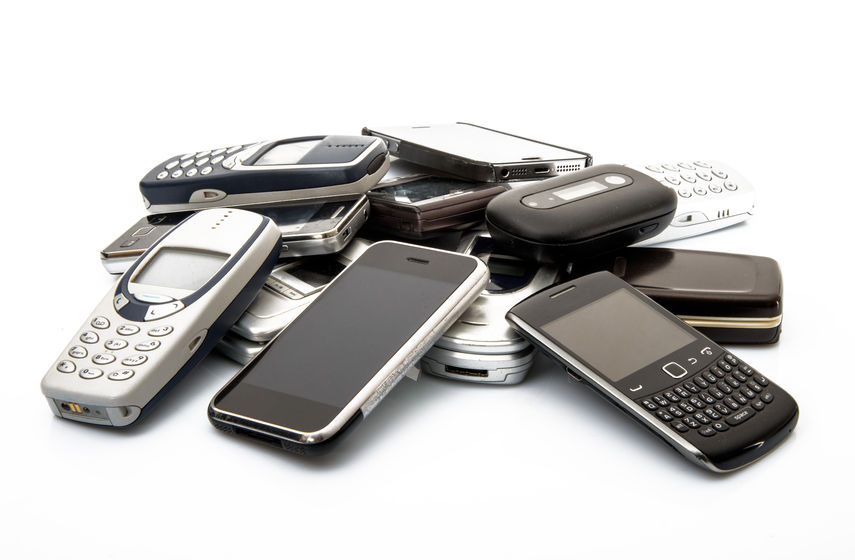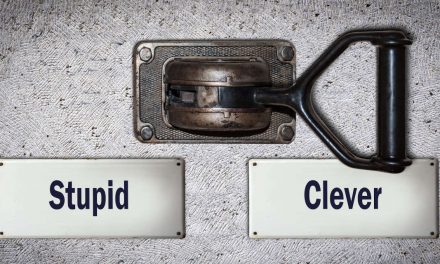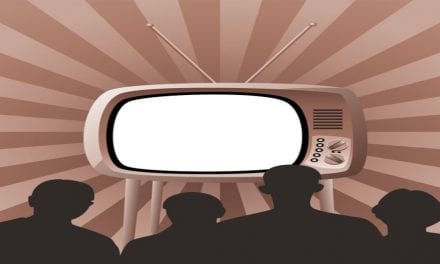Cell phone price wars have actually helped other industries!
By Susan Saldibar
Cell phone price wars, over recent years, have actually helped other industries by driving down the cost on components that used to be pretty expensive. In particular, cell phones contain many sensors for detecting conditions in their surroundings.
Vigil Health Solutions, a Senior Housing Forum partner, is using, as Steven S. Smith, VP of Research and Development, puts it “the peace dividend from the cell phone wars” to squeeze more capabilities from the sensors used in their core systems; and to pass them along to their clients to help them meet changing federal and state regulations.
Why should you care? First of all, because compliance regulations are intended to improve the safety and well being of your residents and staff. Secondly, lawsuits are not going away and you need to prove that you are keeping your community in compliance. Finally, if you have sensor technology in place, you should not be paying through the roof every time a new feature is available. According to Steven, everyone should benefit from that peace dividend.
Two Great Examples:
Here are two great examples of evolving sensor technology Vigil has been able to pass along to their clients:
-
Accelerometers on pendants: Vigil is using accelerometers in elder care as a way to track compliance for wearing pendants. Many residents will toss them in a drawer or simply forget to put them on. Now, with sensor technology, staff can be alerted that the pendant is not being used. They can take action to coach the resident or use an alternative, such as having their wheelchair fitted with a call device. But there is always exposure and risk if care providers are assuming that residents are wearing their pendants. This happens regularly in communities with more active residents.
By the way, some states, such as Washington, mandate that call stations be placed no more than 10 feet apart. “You can get a waiver if you provide pendants; but you have to prove that the residents are wearing them at all times,” says Steven. “That’s not easy to do, and compliance on pendants is dangerously low. As many as 80% of them get left in a drawer. Now there is a way to be compliant and save the money you would have spent on all those added call stations.”
-
Temperature sensors: Vigil has added temperature sensors into their emergency call stations; so now you can detect if it’s too warm or too cold in a resident’s room. “Some older residents in their own living quarters like to really pump up the heat, which can become a health risk,” says Steven. “Now you will know immediately.”
And, as you may know, there are states (*) where regulators have mandated a specific temperature range. If it gets too hot or too cold, adjustments must be made within a given period of time. For those without sensors, that means dispatching someone to “do rounds” just to monitor the thermostats in each room or apartment.
By the way, Steven tells us, it costs Vigil a few cents to add a temperature sensor into their call stations, so they basically pass that along at little to no additional cost. But he’s witnessed senior living communities paying $100 or more to retrofit their HVACs with sensor monitors. “And, unfortunately, they’ll keep paying a bundle in retrofitting costs just to avoid buying a new system,” says Steven.
Each year a new batch of regulations comes into play. Check your state compliance laws and make sure you are not in violation. And, instead of dumping thousands of dollars in additional call stations or to retrofit your HVAC systems, put that money into a provider who can not only keep pace with changing regulations, but who is good at using that “peace dividend” to your advantage. That way you will always be putting your money into the future, not retrofitting the past.
For more information on using smart sensor technology to meet regulations and save money, please visit the Vigil Health Solutions website.
|
Here are two states and their mandates:
|








